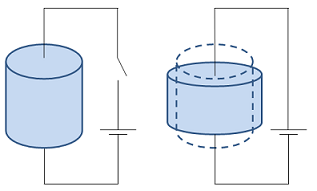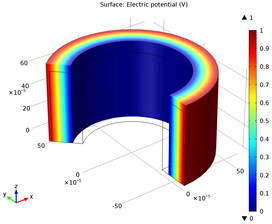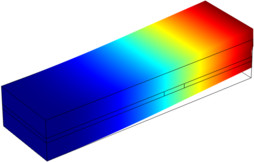
All this talk about piezoelectricity got me thinking about how surrounded we are by everyday items whose performances rely on this physical process. Examples include inkjet printers, speakers, electric guitars, and ultrasound imaging systems. With so many different common objects utilizing this phenomenon, it may lead you to wonder: what is piezoelectricity?
The piezoelectric effect manifests itself as a transfer of electric to mechanical energy and vice versa and it is present in many crystalline materials. Some of them display the phenomenon strongly enough to be of practical use. Such crystals can be used in different ways since this effect can be direct or inverse.

How the inverse piezoelectric effect works
The direct effect consists of an electric polarization proportional to the crystal deformation that causes an electric potential difference over it. An example of how to model and calculate the potential difference is given in this piezoceramic tube model.

Induced electric potential within the deformed
piezoelectric tube due to an internal pressure of
0.1 MPa
On the other hand, in the inverse piezoelectric effect an applied potential difference induces a deformation of the crystal. An example of how to simulate the deformation of the piezoelectric material is shown in this piezoelectric shear-actuated beam model.

Deflection of the tip of the cantilever beam due to
a 20 V potential difference applied to the piezoelectric
material embedded in it
The most common applications that come to mind are accelerometers (inverse effect), actuators (inverse effect), sensors (direct effect), and transducers (inverse effect) that are used in smartphones or loudspeakers. I’m sure you can come up with more examples and I invite you to share them with us.



Comments (0)